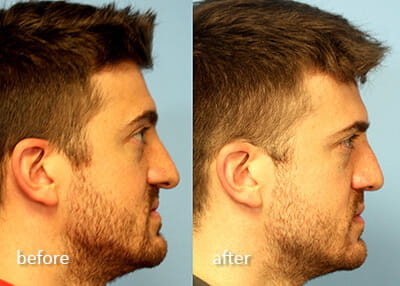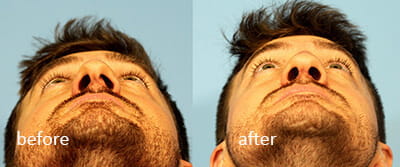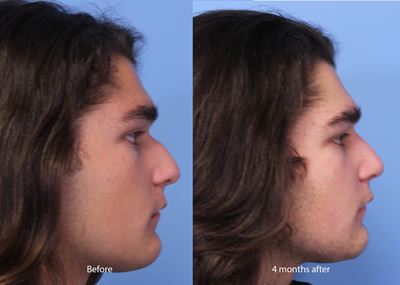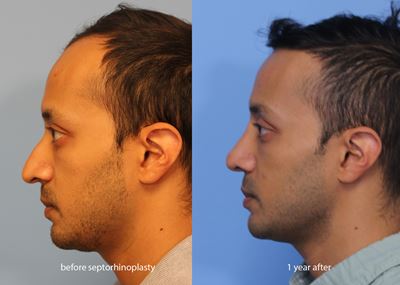Facial Surgery
Facelift
A facelift can bring renewed self-confidence if you are struggling with the signs of aging on your face or neck. Facelift procedures involve removing extra skin, resuspending sagging fat, and tightening the neck muscles to create a more youthful appearance.
What to expect with facelift surgery
Patients typically go under general anesthesia for the procedure. After you're asleep and safely monitored by an anesthesiologist, we remove extra skin and fat to lift the face, resuspend the deep tissues and tighten the neck muscles. After surgery, you'll wake up in a large head wrap. A follow-up appointment will be scheduled for the next day to check your progress and answer any questions.
Midface lift
As you age, fat pads in the cheeks begin to deteriorate and sag. A midface lift, also known as a cheek lift, restores fullness in the cheeks and corrects hollows and dark circles under the eyes to restore a refreshed, more youthful look. Recovery from a midface lift is faster than a traditional facelift and is more permanent than fillers and injectables.
Chin implant
The chin and jawline can contribute to a strong and harmonized face for men and women. A custom-fit chin implant made from a safe, pliable material can help to create a more defined or prominent contour of the chin to improve your appearance.
What to expect with a chin implant procedure
Chin implant surgery is usually an outpatient procedure, so you can expect to go home the same day. It is performed using general anesthesia or local anesthesia with sedation. A small incision is made either under the chin or inside the mouth, and the implant is placed around the chin bone. You may feel some tenderness after surgery, and you will probably need to follow a soft diet for a few days to avoid chewing. You will need to sleep face-up, with your head elevated, for a week or two to minimize swelling. Most people experience little downtime and are back to regular activities in about a week. You can expect to see results as the swelling subsides. Follow-up appointments will be scheduled at one week to remove sutures and check on your progress.
Nose surgery (rhinoplasty)
Rhinoplasty, often referred to as a "nose job," involves surgical reshaping of the nose to improve facial harmony. This is primarily a cosmetic procedure to alter the appearance of the nose, such as to change the size or angle, make the nose more symmetrical, or to fix the nose after an injury. For people with a deviated septum (the inside middle part of the nose), rhinoplasty can be performed to improve breathing.
Functional Rhinoplasty – 3 months post-op


Cosmetic rhinoplasty


What to expect with rhinoplasty surgery
Rhinoplasty requires either local or general anesthesia. The procedure may be "closed," in which the incisions are done inside the nose, or "open" in which the incisions are done across the strip of tissue at the bottom of the nose that separates the nostrils. A large nose may require removal of bone and cartilage to minimize the appearance of the nose. A deviated septum requires straightening to improve breathing. After surgery, your surgeon will use splints to hold the nose in place while it heals. You can expect the area around the eyes and nose to be puffy, bruised and swollen for a few days to a few weeks.
Contact us today to talk about how we can help you feel confident, healthy and beautiful. To schedule a personal and confidential consultation with:
- Dr. Rose—call 484.337.5250
- Dr. Weng—call 610.527.1436
- Dr. Wright—call 610.627.4427